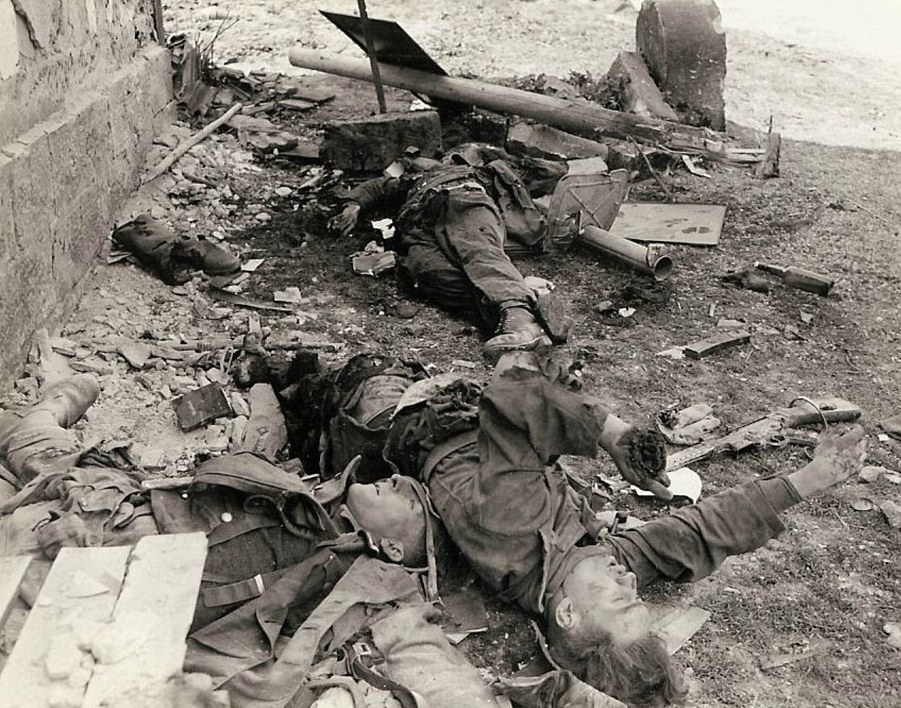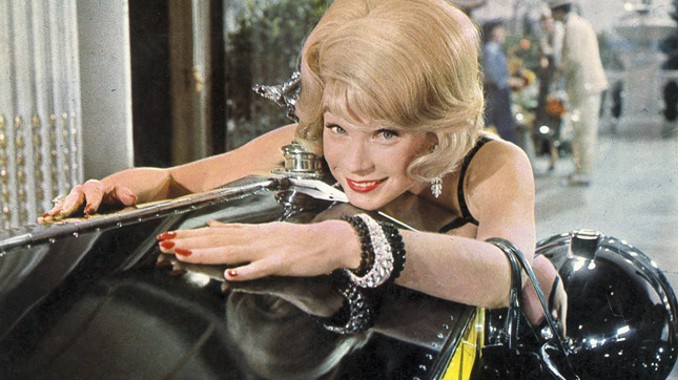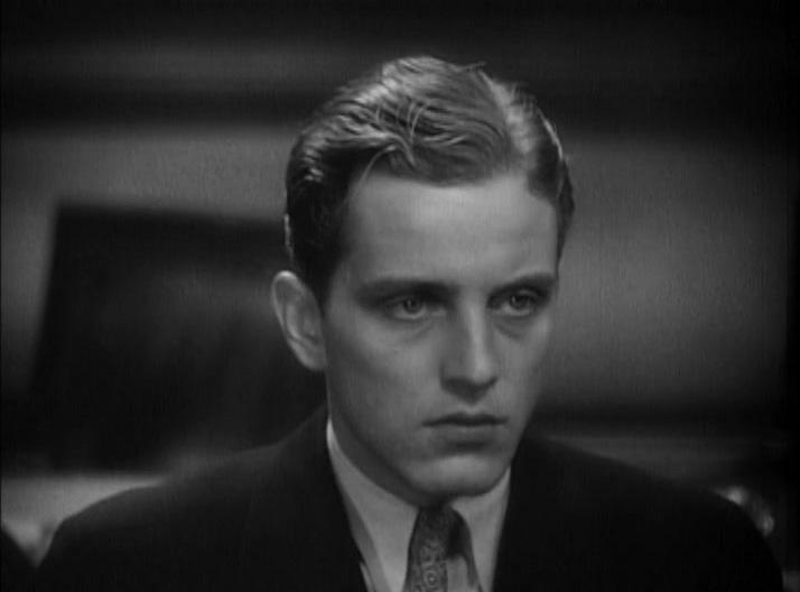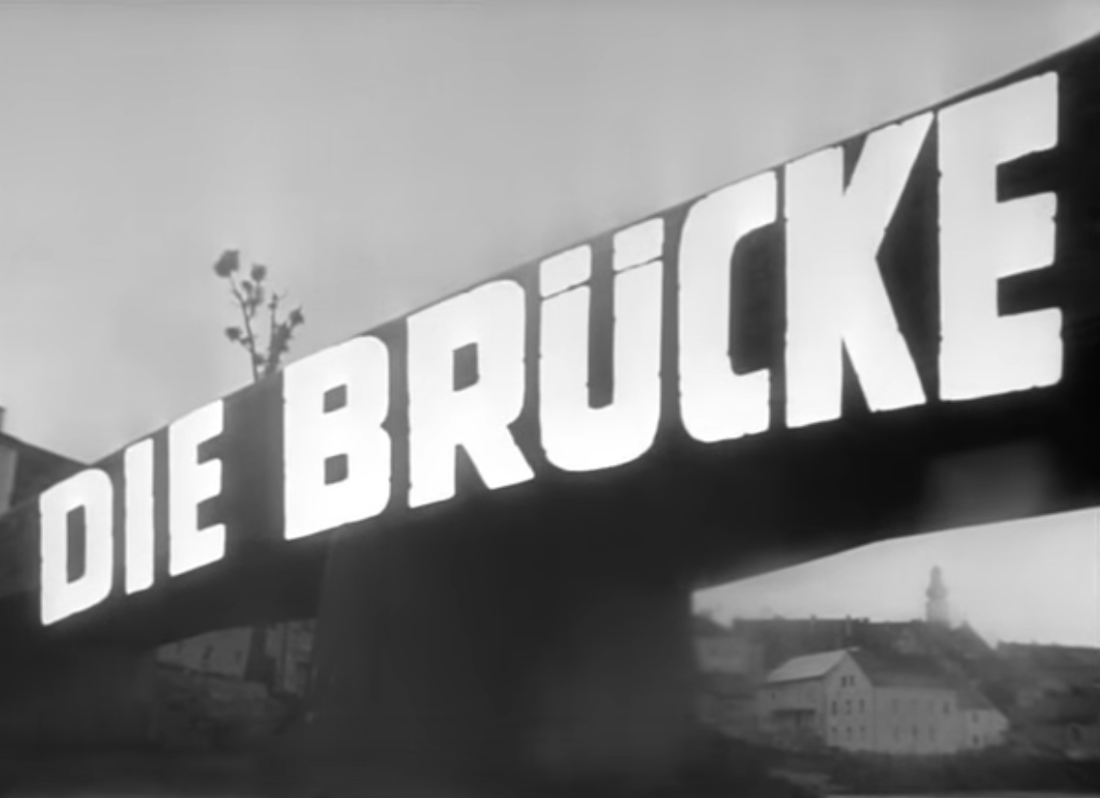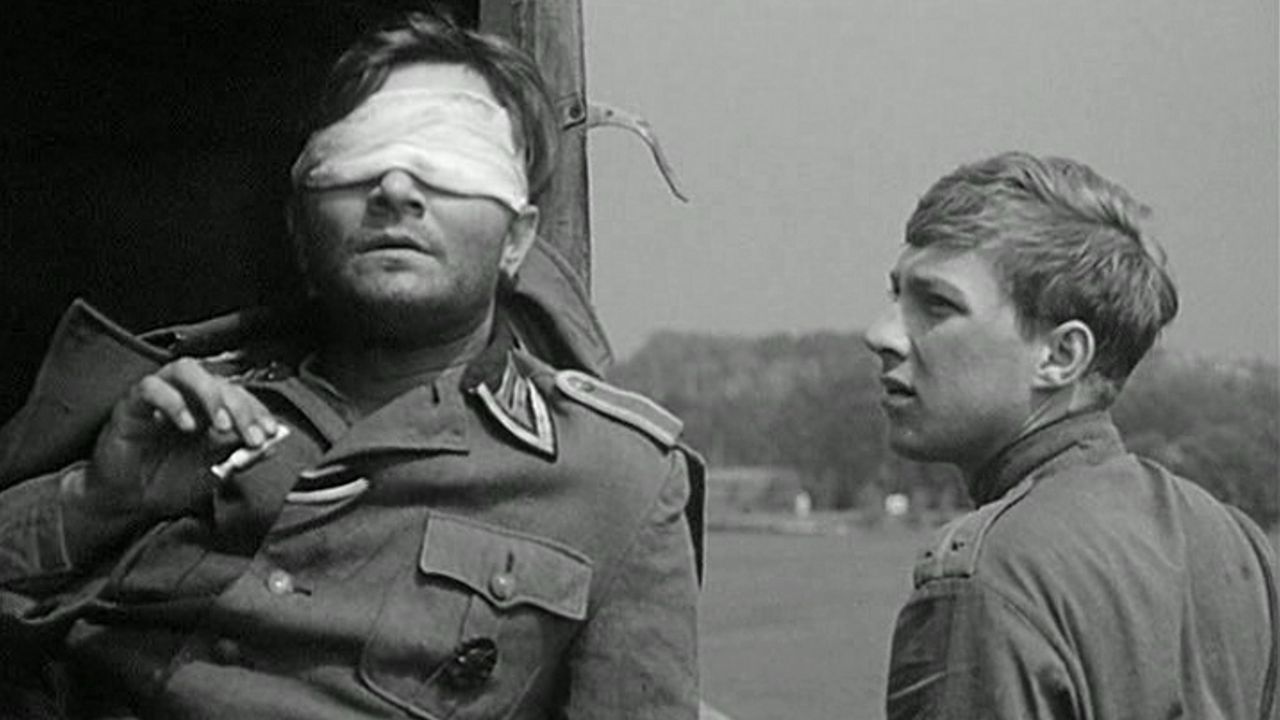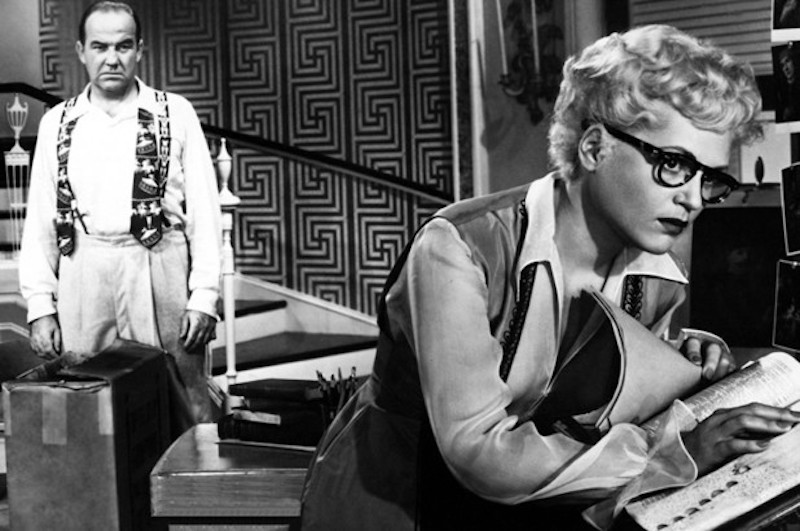Regarding < this interview in the New Yorker>: A response. As I know from being a reporter (and as opposed to the myth we all had agendas), all I had to do was let someone talk and then print a transcript. They...
Category - World War II
Fatigue is Not Our Friend
We can’t afford it but it’s real. Don’t forget: Ignore outrages and DJT. Focus on Tom Homan and Stephen Miller, who remind me of Eichmann and Heydrich. Read the stories not only of Oskar Schindler and The Franks, but of...



